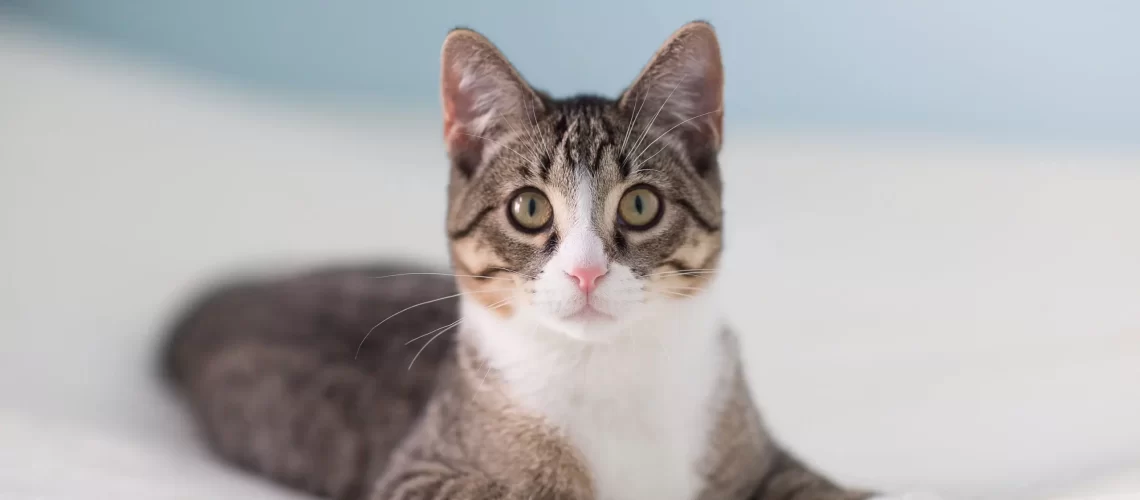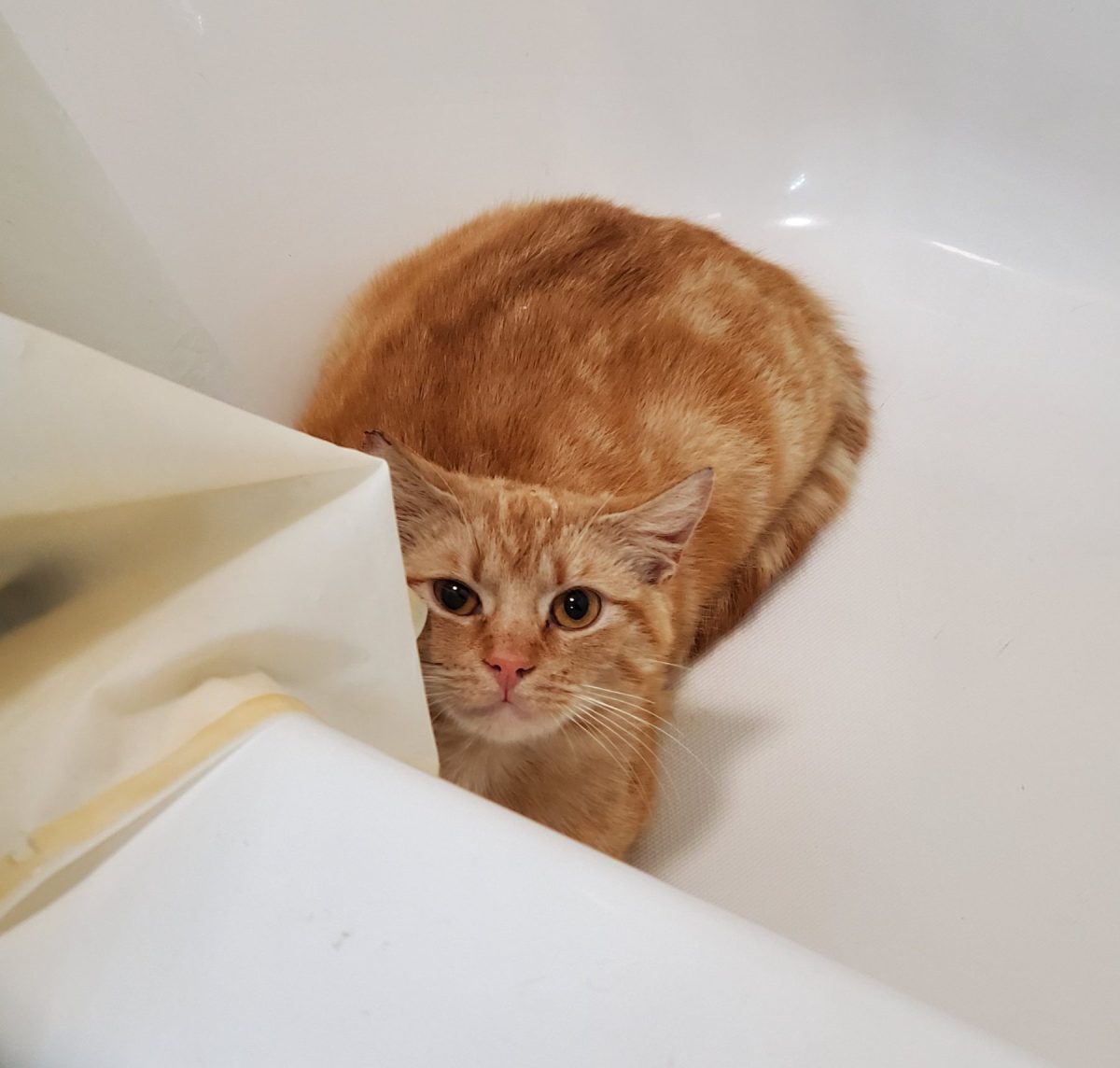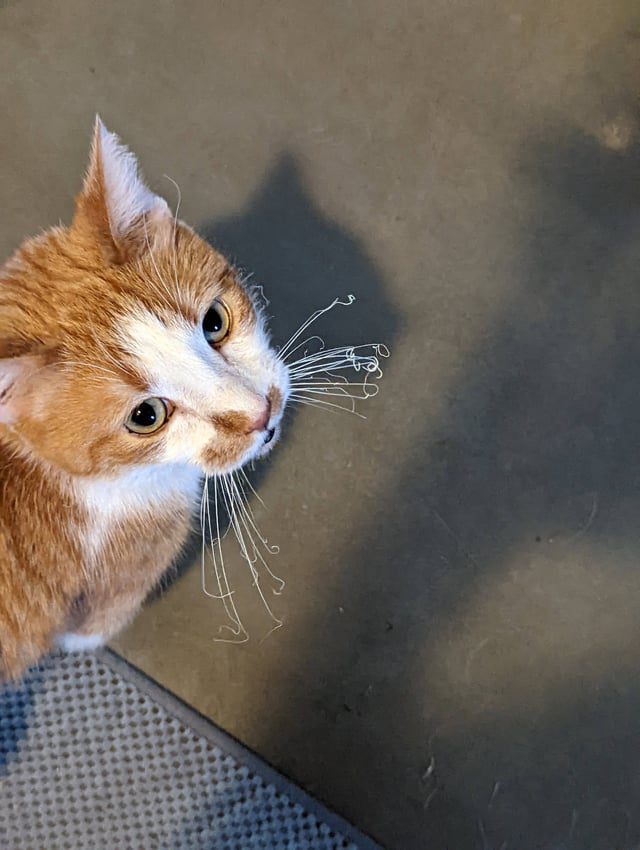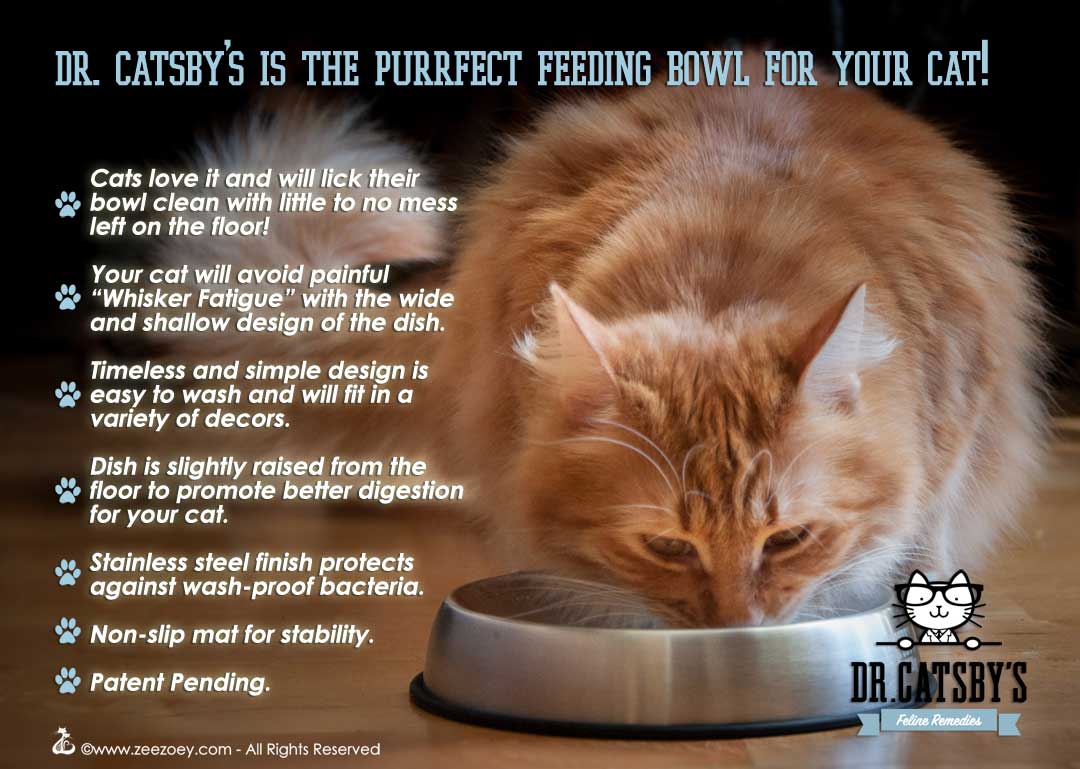Introduction:
Are you a proud owner of a blind cat? Understanding how to safeguard your furry friend at home is not just essential, but it can also make a significant difference in their quality of life. In this article, we will delve into the topic of "Guiding Whiskers: 8 Tips to Safeguard Your Blind Cat at Home" and uncover valuable insights that will help you create a safe and nurturing environment for your beloved pet. By implementing these tips, you can ensure that your blind cat feels secure, confident, and able to navigate their surroundings with ease. So, let's explore the benefits of understanding this subject and discover how you can become an expert in caring for your blind cat!
Key Takeaways:
- Create a safe and predictable environment for your blind cat by keeping furniture and objects in the same place to prevent accidents and confusion.
- Use scent cues like essential oils or familiar scents to help your blind cat navigate their surroundings and locate important areas such as food bowls, litter boxes, and resting spots.
- Avoid rearranging furniture or adding new obstacles without proper introduction, as sudden changes can disorient your blind cat and lead to accidents.
- Provide auditory cues such as a bell on their collar or using verbal cues to help your blind cat locate you or find their way around the house.
- Consider installing baby gates or barriers to restrict access to potentially dangerous areas such as stairs, balconies, or rooms with fragile items that could harm your blind cat if knocked over.
GuidingWhiskers: 8 Tips to Keep Your Blind Cat Safe at Home
Tip 1: Provide a Consistent Environment
When living with a blind cat, it's important to create a consistent environment to help them feel safe and secure. Keep furniture, food bowls, and litter boxes in the same place so they can easily navigate their surroundings. Avoid rearranging furniture or introducing new objects without giving them time to adjust.
Tip 2: Use Scent Markers
Cats rely heavily on their sense of smell, especially when they can't see. You can use scent markers to help your blind cat navigate around the house. Rub a small amount of essential oil or perfume on objects like doorways or furniture corners to create familiar scents that they can follow.
The Importance of Creating a Safe Environment for Blind Cats
Creating a safe environment is crucial for the well-being of your blind cat. Without sight, they rely on their other senses to explore and move around. By removing potential hazards and providing them with a predictable space, you can ensure that they feel confident and comfortable in their surroundings.
A safe environment also helps prevent accidents and injuries. Blind cats may bump into sharp objects or fall from heights if not properly supervised or if there are obstacles in their path. By taking proactive measures to eliminate dangers, you can minimize the risk of harm and provide your blind cat with a happy and secure home.
Helping Your Blind Cat Navigate around Your Home: Tips and Tricks
Tip 1: Maintain a Clutter-Free Space
To help your blind cat navigate around your home easily, keep the living area clutter-free. Remove unnecessary items from the floor that could trip them up or cause accidents. Clear pathways and ensure there are no obstacles blocking their way.
Tip 2: Use Texture and Sound Cues
Blind cats rely on their sense of touch and hearing to navigate. You can use different textures like rugs or mats to indicate specific areas, such as the entrance to a room or the location of their food bowl. Additionally, you can use sound cues, such as a clicker or bell, to help them locate objects or find their way back to you.
Potential Hazards for Blind Cats at Home: What to Watch Out For
Blind cats face unique challenges in their home environment, and it's important for pet owners to be aware of potential hazards. One major concern is furniture with sharp edges or corners. These can pose a significant risk to blind cats who may accidentally bump into them and injure themselves. To mitigate this danger, consider placing soft padding or corner protectors on furniture edges.
Another hazard to watch out for is open windows without screens. Blind cats may not realize the danger of falling from a height and could easily slip through an open window. Ensure that all windows are securely screened or kept closed to prevent any accidents.
Additionally, electrical cords can be hazardous for blind cats. They may chew on cords, leading to electric shocks or even fires. Keep cords neatly tucked away or use cord covers to prevent access.
Preventing Accidents with Proper Supervision
To ensure the safety of your blind cat, it's crucial to provide proper supervision. This means keeping an eye on your cat at all times, especially when they are exploring unfamiliar areas or encountering potential hazards. Consider confining your blind cat to a designated safe area when you're unable to supervise them closely.
Creating a Safe Haven
Designating a specific area as a safe haven for your blind cat can help minimize risks. This area should be free from obstacles and hazards, providing a comfortable space where your cat can relax without fear of injury. Include cozy bedding, food and water bowls, and litter boxes within easy reach.
Lists:
- Soft padding or corner protectors for furniture edges
- Secure screens on all windows
- Neatly tuck away electrical cords or use cord covers
- Provide proper supervision at all times
- Designate a safe haven area free from obstacles
Modifying Your Home for a Safer Environment for Your Blind Cat
Creating a safe and accessible home environment is essential for the well-being of your blind cat. Simple modifications can make a significant difference in their quality of life. One important step is to establish consistent pathways throughout your home. This can be achieved by keeping furniture and other objects in fixed positions, allowing your blind cat to navigate confidently.
Another modification to consider is adding tactile markers or scent cues to help your blind cat orient themselves. These markers can be placed near food and water bowls, litter boxes, or favorite resting spots. They provide valuable sensory information that aids in navigation.
Ensuring Easy Access to Essential Resources
It's crucial to ensure that your blind cat has easy access to essential resources like food, water, and litter boxes. Place these items in consistent locations that are easily recognizable for your cat. Avoid moving them around as this may cause confusion and stress.
Improving Lighting Conditions
Although blind cats cannot rely on their vision, adequate lighting is still important for their overall well-being. Ensure that the areas where your blind cat spends most of their time are well-lit. Consider using natural light or installing additional lighting fixtures if necessary.
Lists:
- Establish consistent pathways by keeping furniture in fixed positions
- Add tactile markers or scent cues near essential areas
- Keep food, water, and litter boxes in consistent locations
- Provide adequate lighting in areas frequented by your blind cat
Assisting Your Blind Cat: Toys and Tools That Can Help
Blind cats can still enjoy playtime with the right toys and tools designed specifically for them. Interactive toys that make noise or have textured surfaces can engage their other senses, providing mental stimulation and entertainment.
One useful tool for assisting blind cats is a collar with a bell attached. The sound of the bell helps them locate and track their own movements, making it easier for them to navigate around the house.
Engaging Toys for Sensory Stimulation
Toys that stimulate different senses can be beneficial for blind cats. Look for toys with crinkly textures, bells, or scents that can engage their sense of hearing and smell. These toys encourage exploration and playfulness.
Collars with Bells for Orientation
Collars with bells are a simple yet effective tool to help blind cats orient themselves. The sound of the bell provides auditory cues that aid in spatial awareness. Ensure that the collar is comfortable and properly fitted to avoid any discomfort or entanglement.
Lists:
- Interactive toys with noise or textured surfaces
- Collars with bells for spatial orientation
- Toys with crinkly textures, bells, or scents for sensory stimulation
Signs that Indicate Your Blind Cat Needs Extra Care or Attention
Being attentive to your blind cat's behavior is crucial in providing them with the care they need. There are certain signs that may indicate your blind cat requires extra attention or assistance.
One common sign is increased vocalization. Blind cats may meow more frequently when they feel disoriented or anxious. Pay attention to changes in their vocal patterns and provide reassurance and comfort when needed.
Another sign to watch out for is excessive bumping into objects or furniture. While occasional bumps are normal, frequent collisions may suggest that your blind cat needs additional support in navigating their environment.
Changes in Eating and Drinking Habits
Monitor your blind cat's eating and drinking habits closely. Sudden changes such as decreased appetite, excessive thirst, or difficulty finding food and water bowls could indicate underlying health issues. Consult a veterinarian if you notice any significant changes.
Increased Reliance on Other Senses
Blind cats often rely on their other senses, such as hearing and smell, to compensate for their lack of vision. Observe if your blind cat becomes more attentive to sounds or exhibits heightened sensitivity to certain smells. This adaptation is normal and should be supported.
Lists:
- Increased vocalization
- Excessive bumping into objects or furniture
- Changes in eating and drinking habits
- Heightened reliance on other senses
In conclusion, by following these 8 tips, you can ensure the safety and well-being of your blind cat at home. Remember to provide a safe environment, establish routines, and offer plenty of love and support to help them navigate their surroundings with ease.
How do you protect a blind cat?
It is important to keep your blind cat indoors and provide them with a securely fenced garden or enclosed area if needed. It is crucial to have them microchipped in case they manage to escape.
How do you mentally stimulate a blind cat?
Blind cats find enjoyment in toys that produce sounds, have scents, or contain treats. You can be creative and provide stimulation with noisy toys like balls with bells or even something as simple as a scrunched-up paper bag.
What can a blind cat no longer do?
A cat who is blind is unable to recognize danger and escape from it, particularly if they are being attacked or chased. If you choose to let your cat go outside, it is important to always stay with them. Using a harness and leash can enable your pet to experience the outdoors securely. A harness offers improved guidance and control while walking.
How long does it take for a cat to adjust to blindness?
Cats have a superior sense of hearing and smell compared to humans. While sight is important to them, their highly developed hearing and smell can help them adapt to blindness. Cats who become blind suddenly may require a few weeks to fully adjust, so it's important to be patient with them.
Can you leave a blind cat alone?
If you have a blind pet and you need to leave them alone for extended periods of time, it is recommended to crate train them or confine them to a small area. You can also provide them with toys that make noise so they can easily locate them, or give them toys that dispense treats that they can find using their sense of smell.
How long do cats stay blind?
Kittens are unable to see until they are about one to two weeks old and their eyes open. Even then, their vision and hearing are still not very good. Over the next few weeks, the kittens will develop and their sight and hearing will improve to their maximum potential.

















